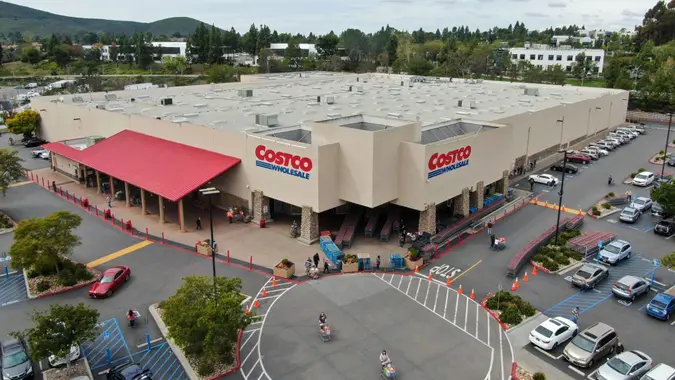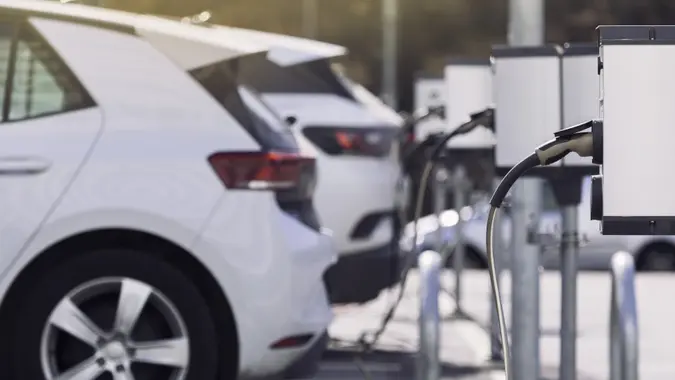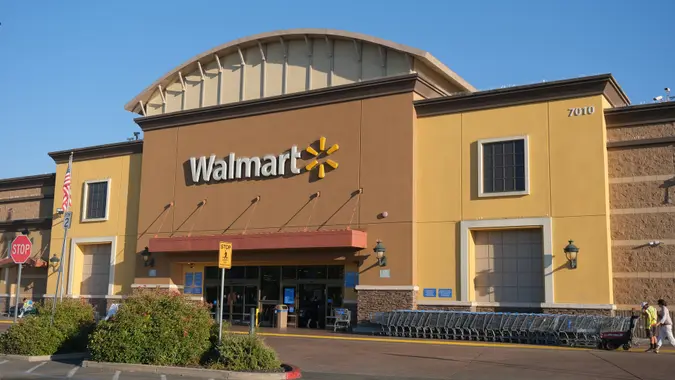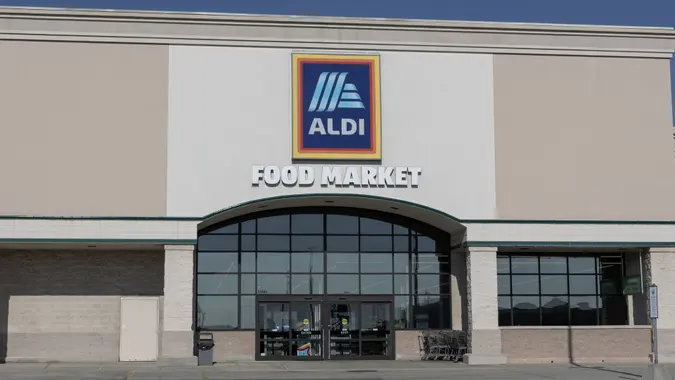One Executive Order Won’t Fix Drug Prices: 5 Things Middle-Class Families Can Do Right Now

Commitment to Our Readers
GOBankingRates' editorial team is committed to bringing you unbiased reviews and information. We use data-driven methodologies to evaluate financial products and services - our reviews and ratings are not influenced by advertisers. You can read more about our editorial guidelines and our products and services review methodology.

20 Years
Helping You Live Richer

Reviewed
by Experts

Trusted by
Millions of Readers
Many middle-class American families are eager for relief from high prescription drug costs, and President Donald Trump’s executive order has raised hopes for change.
However, experts said most of its impact will take time, and some provisions may be more political messaging than real reform.
While one executive order won’t fix drug prices, here are fivethings middle-class families can do right now to reduce out-of-pocket costs.
What’s Real vs. Performative in the Executive Order
The recent executive order on prescription drug costs has many middle-class families wondering if they’ll see lower prices at the pharmacy counter.
While the policy could improve transparency and pass along negotiated savings, experts caution that its immediate effect on prescription drug costs will be limited.
“In the ideal near term, this executive order could mean the rebates and/or discounts offered by manufacturers and other stakeholders…are passed down to the patients,” said Wayne Luan, Director and General Manager, Life Sciences Solutions at Turquoise Health.
Lower Expectations
Middle-class families hoping for quick relief on prescription drug costs may be disappointed without stronger legislative action.
“Without legislative requirements, the actual cost of drugs is unlikely to drop quickly,” Luan said.
He explained that consumers would experience better savings if lawmakers made brand-name drugs cost about the same as their generics or biosimilars, unless the brand offers a clear medical advantage.
For now, families should temper expectations and focus on proven cost-saving strategies while waiting for broader reforms.
Leverage Manufacturer Financial Assistance
One of the fastest ways middle-class families can reduce out-of-pocket costs is by using manufacturer financial assistance programs. Many prescription drug costs can be significantly reduced through copay cards or patient support programs offered by the drug manufacturer.
“Most branded drugs have (copay cards),” Luan said. “You can find out on their website.”
These programs can offset out-of-pocket costs for brand-name drugs. Always check the manufacturer’s website before paying full price.
Compare Cash vs. Insurance Prices
Prescription drug costs aren’t always lowest when using insurance, especially for middle-class families trying to reduce out-of-pocket costs. In some cases, paying cash at the right pharmacy can save more than an insurance copay.
“Use programs like GoodRx to identify places where paying cash is cheaper than using insurance,” Luan said.
A quick search on GoodRx or similar tools can reveal that local pharmacies sometimes offer much lower prices than your insurance plan.
Ask for Generics or Biosimilars
Switching from brand-name prescriptions to generics or biosimilars can dramatically reduce prescription drug costs for middle-class families. These alternatives are held to the same safety and quality standards as branded medications but typically cost far less.
“Do your research and explore all your options with your health care providers,” said Wes Hill, Senior Director, Regulatory Affairs at RxBenefits. “Talking to the prescriber and pharmacist about lower-cost drug options makes sense.”
Hill explained, “There may be a generic drug, or even a combination of generics, that can achieve the same or better clinical outcome than a more expensive brand drug. In some cases, and subject to local law, pharmacists may be authorized to substitute lower-cost generics for a brand drug.”
Check Prices Before You Pay
The most effective way middle-class families can immediately reduce prescription drug costs is to compare prices before making a purchase.
“Always check both the insurance copay and the cash price with a coupon like GoodRx before paying,” said Kiara DeWitt, BSN, RN, Certified Pediatric Nurse, and founder of Injectco.
“Do not be shy about asking your pharmacist to run it both ways.”
Visiting the drug manufacturer’s website directly can also yield significant savings. DeWitt said that some discount programs or copay cards can drop the cost from $180 to $25 for a 30-day supply in just a few minutes.
Pharmacists are also an underused resource.
“Just ask, ‘Is there a cheaper version of this?'” DeWitt said. “That five-second ask can flip your total from $80 to $18. They are trained to spot swaps of the same medication, different brand, different price. Most people skip this step and assume their doctor prescribed the only option.”
More From GOBankingRates
 Written by
Written by  Edited by
Edited by 

























